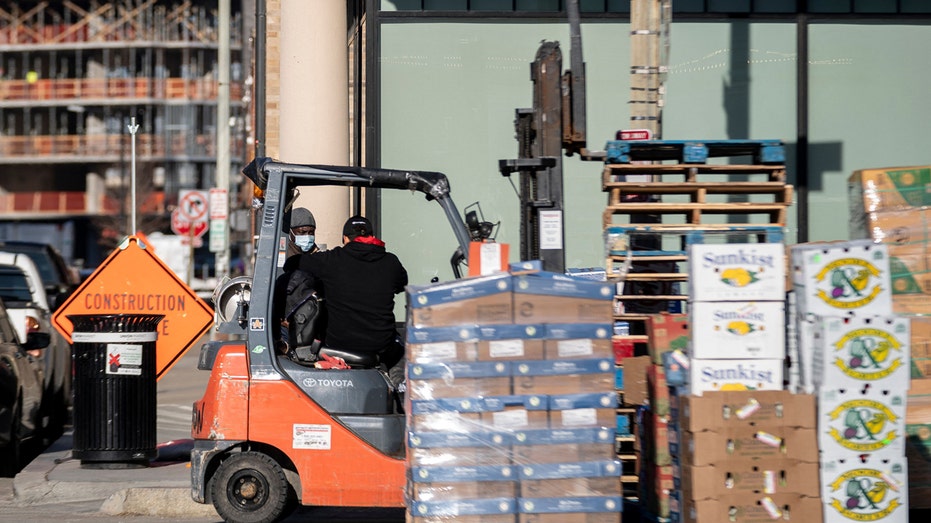Wholesale prices jump 9.7% in January, further evidence of red-hot inflation
Economists expected producer prices to jump 0.5% in January from previous month
January inflation surges 7.5 percent year-over-year
The Biden administration weighs in on the January CPI report as inflation plagues U.S. FOX Business' Ed Lawrence with the latest.
Wholesale prices accelerated again in January as strong consumer demand and pandemic-related supply chain snarls continued to fuel the highest inflation in decades.
The Labor Department said Tuesday that its producer price index, which measures inflation at the wholesale level before it reaches consumers, surged 9.7% in January from the year-ago period, slightly below the 12-year high of 9.8% notched in November and December. But in an unexpected turn, prices rose 1% in January on a monthly basis – well above the revised gain of 0.4% in December.
Economists surveyed by Refinitiv expected producer inflation to rise by 9.1% on an annual basis and 0.5% from the previous month.
Core inflation at the wholesale level, which excludes the more volatile measurements of food and energy, increased 0.9% for the month, well above the 0.4% estimate. Over the past 12 months, core prices were up 6.9% – nearly matching the record level hit in 2021.
INFLATION PROBABLY COSTING MOST AMERICANS AN EXTRA $276 A MONTH
The surge in wholesale prices comes on the heels of a separate Labor Department report released last week that showed consumer prices climbed 7.5% in January from the previous year, the biggest increase since February 1982, when inflation hit 7.6%. Consumers are paying more for everyday necessities, including groceries, gasoline and cars.
The eye-popping reading – which marked the eighth consecutive month the gauge has been above 5% – will likely amp up pressure on the Federal Reserve to chart a more aggressive course in normalizing monetary policy. The central bank is widely expected to raise interest rates in March, but the hotter-than-expected inflation report could mean that policymakers pencil in a super-sized half-point hike.

Workers unload shipments of food at Union Market in Washington, D.C., on Feb. 9, 2022. (STEFANI REYNOLDS/AFP via Getty Images / Getty Images)
Hiking interest rates tends to create higher rates on consumers and business loans, which slows the economy by forcing them to cut back on spending.
"At this point it’s not a question of will they, won’t they – it’s a question of how many hikes we’ll see in 2022, and what the magnitude and pace will be," Mike Loewengart, managing director of investment strategy at E-Trade, said after the CPI report. "Given views on these aspects are all over the map at this point, there is a lot for the market to be uncertain about."
GET FOX BUSINESS ON THE GO BY CLICKING HERE
Fed Chairman Jerome Powell has left open the possibility of a rate hike at every meeting this year and has refused to rule out a more aggressive, half-percentage- point rate hike, but he said it's important to be "humble and nimble."
"We’re going to be led by the incoming data and the evolving outlook," he told reporters during the central bank's policy-setting meeting last month.
